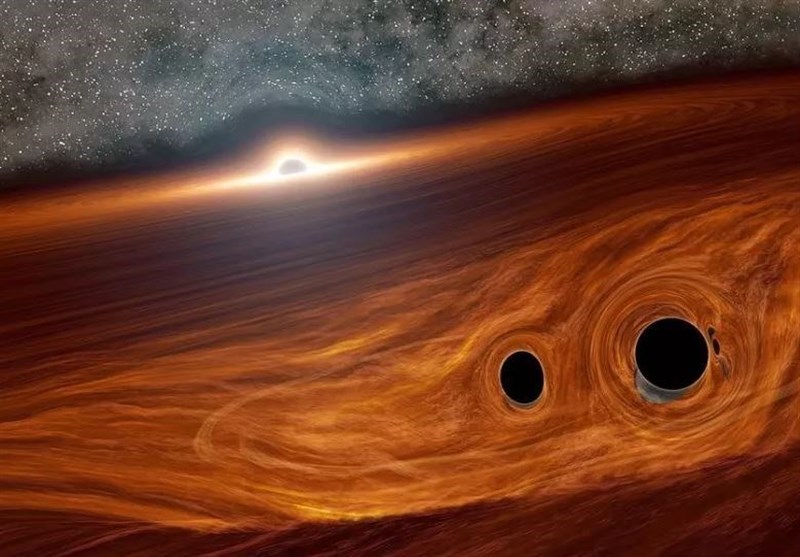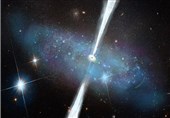First Free-Floating Black Hole May Have Been Discovered
TEHRAN (Tasnim) – A UC Berkeley research team led by graduate student Casey Lam and astronomy associate professor Jessica Lu may have discovered the first “free-floating” black hole.
According to the outlet, they estimate that this invisible object, OB110462, is between 1.6 and 4.4 times the mass of the sun and 2,280 to 6,260 light years away.
For now, researchers say that it could also be a neutron star, a "city-size" star which is born when massive, stars collapse and die.
Regardless of whether it’s a black hole or a neutron star though, Science Daily reports that the mysterious object is the first “stellar ‘ghost’” discovered floating through space without an accompanying star.
"This is the first free-floating black hole or neutron star discovered with gravitational microlensing," Lu told the outlet. Lu has been hunting for free-floating black holes since 2008, and has been observing OB110462 since 2020. "With microlensing, we're able to probe these lonely, compact objects and weigh them. I think we have opened a new window onto these dark objects, which can't be seen any other way."
Though black holes are typically invisible, researchers can use gravitational microlensing to see how they warp and distort light from distant stars with their powerful gravitational field.
According to UC Berkeley’s astronomy department, black holes are “one of the most exotic phenomena in astrophysics.” Their website says that there’s an estimated 100 million stellar-black holes in the Milky Way galaxy, and Science Daily reported that the UC Berkeley team now estimates that there are 200 million black holes.
The outlet says that pinpointing how many there are in total will help astronomers better understand how stars die – potentially shining more light on the evolution of our galaxy.
For now, Lu’s team says that it's not possible to determine whether OB110462 is a black hole or a neutron star, but they hope to gather more data from NASA's Hubble Space Telescope and conduct more detailed analyses later on.
"As much as we would like to say it is definitively a black hole, we must report all allowed solutions,” Lu told Science Daily. “This includes both lower mass black holes and possibly even a neutron star."






